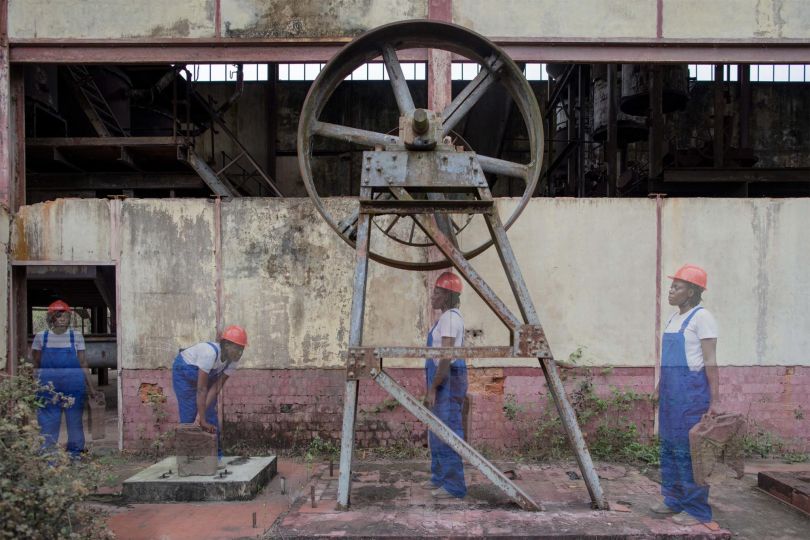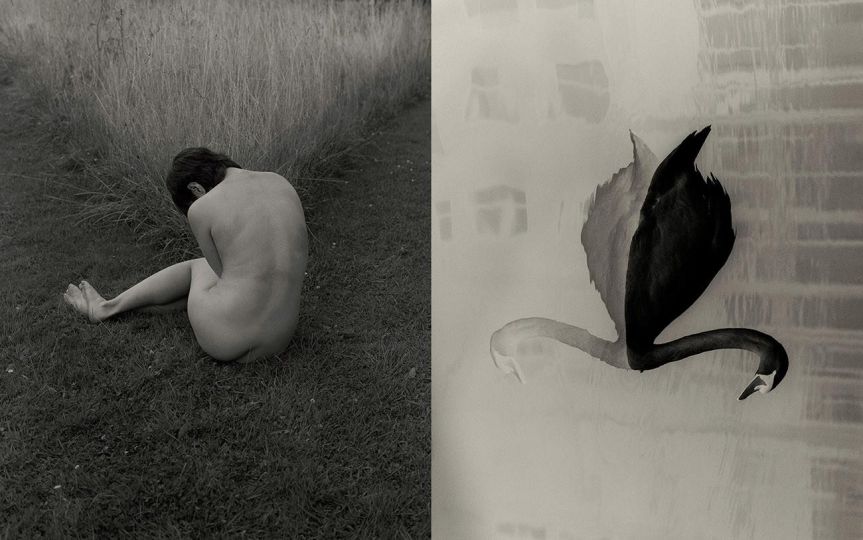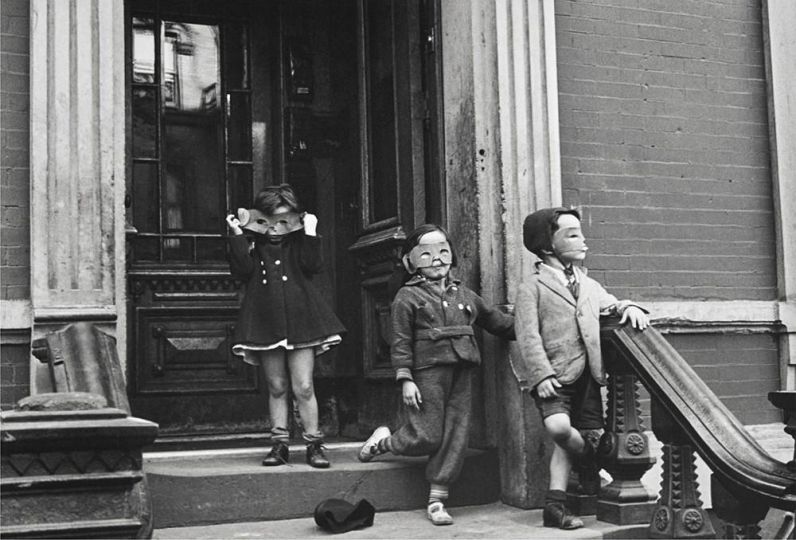When Spanish conquistadors made their way to the Chilean heartland in 1536, they encountered an indigenous South American population, the Mapuche, or “Earth People,” fierce warriors who resisted the invaders just as they had once resisted the Incas.
Formerly referred to as the Araucaníans, these hunter-gatherers and fishermen learned farming (maize, potatoes…) and herding (lamas) from the Incas. From the Spanish, they adopted sheep and above all horses and horse-riding, a practice which turned them into formidable horsemen, both as warriors and hunters. They managed to fight off all invaders for three centuries, securing a vast autonomous territory, and conducting commerce across the Andes, trading, among others, in hides, horses, textiles, salted meat, and rock salt. These activities led them to settle the plains west of the Argentinian border in the 17th century.
However, by the end of the 19th century, Chileans and Argentinians had effectively forced most indigenous peoples off their ancestral lands and colonized those territories in order to develop intensive agriculture and forestry and, later on, to construct dams… These policies led to massive killing and population displacement, especially into the cities. In the 20th century, the Mapuche had lost 90% of their territories and most of their livestock.
“Today, the Mapuche people include a number of groups,” explains Serge Bahuet, Director of the Département Hommes, Natures, Sociétés at the Muséum national d’Histoire naturelle in Paris( Natural History Museum). “These groups are divided based on their location, namely, the Lafkenche on the coast, the Pehuenche in the mountains, the Huilliche in the Chiloé Archipelago… Nearly a million people identify themselves as Mapuche, of whom 900,000 live in Chili, the rest in Argentina. Half the population has resided in cities, far from their native territories, often for several generations. Nevertheless, urban migration continues. In Chili, it was spurred by population growth and the resulting land squeeze, as well as by continued carving of territories through dam construction and the transformation of the natural environment (eucalyptus or pine plantations replacing natural forests, for example). Despite timid measures at environmental protection, the land and its resources continue to be heavily exploited. Attempts at cultural integration similarly fall short: they face resistance from indigenous communities who are vocal about their identity and territorial claims, on both sides of the border.”
Straddling photography, ethnography, and ethnobotany, the exhibition at the Musée de l’Homme in Paris is an original blend of art and science which helps us discover the Mapuche people who presently inhabit southern Chili and metropolitan Santiago.
The fruit of an original collaboration between the artists’ collective “Ritual Inhabitual,” and researchers from the Département “Hommes, Natures, Sociétés” at the Muséum national d’Histoire naturelle (Natural History Museum), the exhibition showcases the Mapuche culture, and in particular their cosmogony, ritual practices, and botanic lore sustained, transmitted, and transformed from one generation to the next.
The photography work around the “traditional” Native American, as well as Catholic, Evangelical, and young rapper communities around Santiago, has produced a wonderful gallery of portraits of those enacting the principal rituals of this group. In parallel, a study of endemic plants generated an herbarium which illustrates not only the diversity of plants in the region but also their various uses.
Mapuche, voyage en terre Lafkenche
From January 18 until April 23, 2017
Musée de l’Homme
17, place du Trocadéro
75016 Paris
France
















